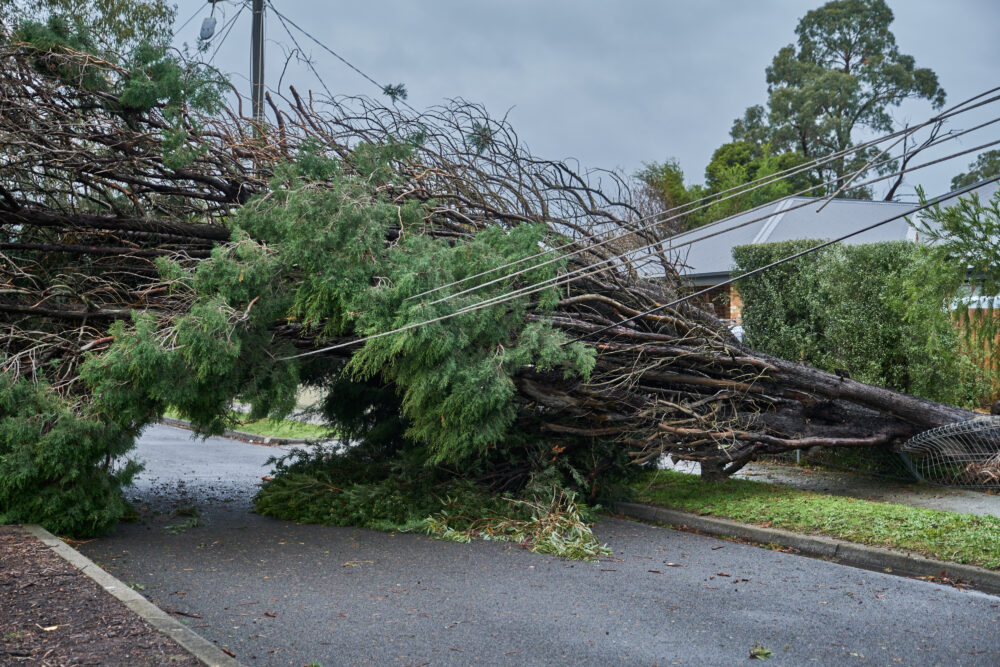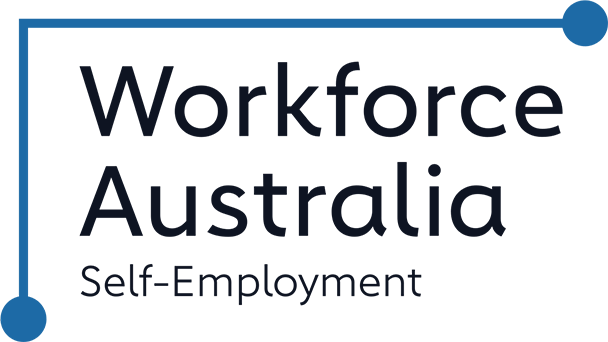“Uninsurable Nation”: The Impact of Climate Change on Business Insurance
August 11, 2023
The landscape of Australia’s insurance industry is undergoing a profound transformation in the face of climate change. The unpredictable and evolving climate has introduced unprecedented challenges for insurance companies, affecting their ability to accurately assess and manage risks. This disruption has led to a surge in insurance premiums and a decrease in the availability of coverage, leaving businesses exposed to greater financial risks.
The Crucial Role of Insurance in Business Risk Management
Insurance plays a pivotal role in businesses by providing a safety net against unforeseen risks. However, the increasing frequency and intensity of climate-related disasters have given rise to a critical issue – the insurance industry’s struggle to underwrite risk effectively. Catastrophic events such as floods, cyclones, and mega-fires have become more frequent, leading to a surge in insurance claims. This surge in claims, in turn, is driving insurance premiums to unprecedented heights, rendering coverage unaffordable for an expanding number of businesses.
The Complex Web of Challenges
The interplay between extreme weather events, insurance premiums, and affordability creates a complex web of challenges. As properties face heightened risks of damage, insurers are forced to raise premiums to cover the expected surge in claims and reinsurance costs. This cycle places an added financial burden on property owners, many of whom find themselves unable to cope with the soaring insurance rates.
A Glimpse into Australia’s Vulnerability
Australia, with its vast coastline and exposure to severe weather events, serves as a stark example of the impact of climate change on business insurance. Coastal communities are grappling with the looming threat of inundation, storm surges, and rising sea levels. In regions hit hard by extreme weather events, insurance premiums have skyrocketed by up to 1000%, leaving homeowners and businesses struggling to manage the costs.
The Australian Climate Council’s recent study paints a concerning picture – by 2030, one in every 25 properties could effectively be deemed uninsurable. Factors such as riverine flooding, bushfires, and surface water flooding are identified as the primary culprits, making large areas of the country susceptible to becoming high-risk zones.
A Reality Check for Small Businesses
This might sound like a distant concern, but the reality is already unfolding. Australia, with its vulnerable coastline and unpredictable weather patterns, is already grappling with the issue. Properties in high-risk areas are witnessing insurance premium hikes of up to 1000%, leaving homeowners and businesses in a challenging situation. What’s happening there today could very well be a preview of the challenges small businesses like yours might face in the near future.
So, what does all of this mean for you and your small business? Imagine a scenario where insurance coverage becomes unattainable due to exorbitant costs. Without proper insurance, your business is left vulnerable to significant financial risks – from repair and replacement costs to interrupted operations and the potential for business closure.
Empowering Small Business Owners: A Way Forward
Fortunately, you possess the ability to steer your business through the challenges posed by climate change and its impact on insurance. Here’s a roadmap to guide your actions:
Thorough Risk Assessment: Evaluate your business’s vulnerabilities to climate-related risks like floods, storms, and wildfires. Identify areas where your operations and infrastructure could be at risk.
Strategic Mitigation: Proactively adopt practical measures to minimize your exposure to these risks. This might involve fortifying your premises, exploring nature-based solutions, or even considering relocation if necessary.
Advocacy for Change: Collaborate with local policymakers and industry associations to champion initiatives that promote climate adaptation. Advocate for improved building standards and incentives that bolster business resilience.
Financial Planning: Incorporate rising insurance premiums into your financial planning. Explore strategies to optimize risk management practices and mitigate the budgetary impact.
Collaborative Connections: Build relationships with fellow small business owners, insurers, and local communities. Sharing insights and best practices can foster collective efforts to navigate the evolving insurance landscape more effectively.

As a small business owner, your role in addressing the impact of climate change on business insurance cannot be understated. By taking proactive steps today, you’re not only safeguarding your business’s future but also contributing to a more resilient and sustainable business environment. The choices you make in this pivotal moment will shape the trajectory of your business for years to come. The urgency to act is now, and together, we can navigate the challenges of change and emerge stronger than ever before.
Acknowledgement Of Country
Business Foundations acknowledges the traditional custodians throughout Western Australia and their continuing connection to the land, waters and community. We pay our respects to all members of the Aboriginal communities and their cultures; and to Elders both past and present.
Victoria
The Commons
80 Market Street,
South Melbourne VIC 3205
admin@businessfoundations.com.au
Western Australia
Wesley Central
2 Cantonment Street,
Fremantle WA 6160
admin@businessfoundations.com.au


Get In Touch
Have a question or to find out how we can help you, please get in touch.






